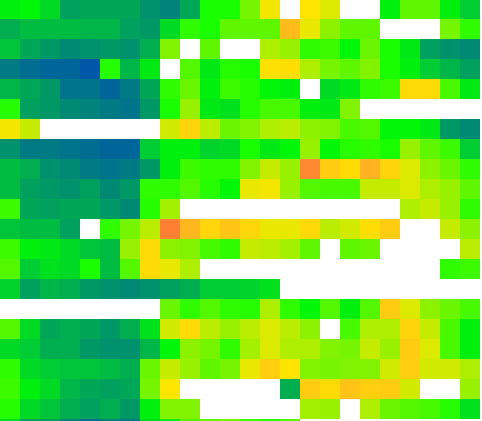Last month I attended the inaugural Quantified Self Europe conference over in Amsterdam. I was there to present a follow-up talk to one I gave back in 2010 at Quantified Self London in which I described my experiences in tracking my heart rate along with publishing it in real-time over the Internet.
The Body Blogger system as it became known, after a term Steve came up with back in 2009, was only really intended to be used to demonstrate what could be done with the BM-CS5 heart monitors we’d recently purchased. As these devices allowed wireless real-time streaming of multiple heart rate monitors to a single PC there was a number of interaction projects we wanted to try out and using web services to manage the incoming data and provide a platform for app development seemed the best choice to realise our ideas (see here and here for other stuff we’ve used The Body Blogger engine for).
Having tracked and shared my heart rate for over a year now I’ve pretty much exhausted what I can do with the current implementation of the system which I didn’t spend a whole lot of time developing in the first place (about a day on the core) and so my Amsterdam talk was pretty much a swan song to my experiences. During the summer, I stopped tracking my heart rate (then fell sick for the first time since wearing the device, go figure I’d of liked to of captured that) so I could work on the next version of the system and loaned out the current one to Ute who was interested in combining physiological monitoring with a mood tracking service. Ute was also in attendance at Amsterdam to present on her experiences with body blogging and mood tracking (for more information on this see the proposal and first impressions posts).
As with my previous reflections post, I’ve posted rather late so if your interested in what happened at the conference check out the following write-ups: – Guardian, Tom Hume, and Alexandra Carmichael. The videos of the day I imagine will be online in the coming month or so, so if your interested in the particulars of my talk you’ll need to wait just a little bit longer, though I do cover a few of the topics I talked about during my CHI 2011 (video) talk (on the issues associated with inference and sharing physiological data).
Continue reading →

